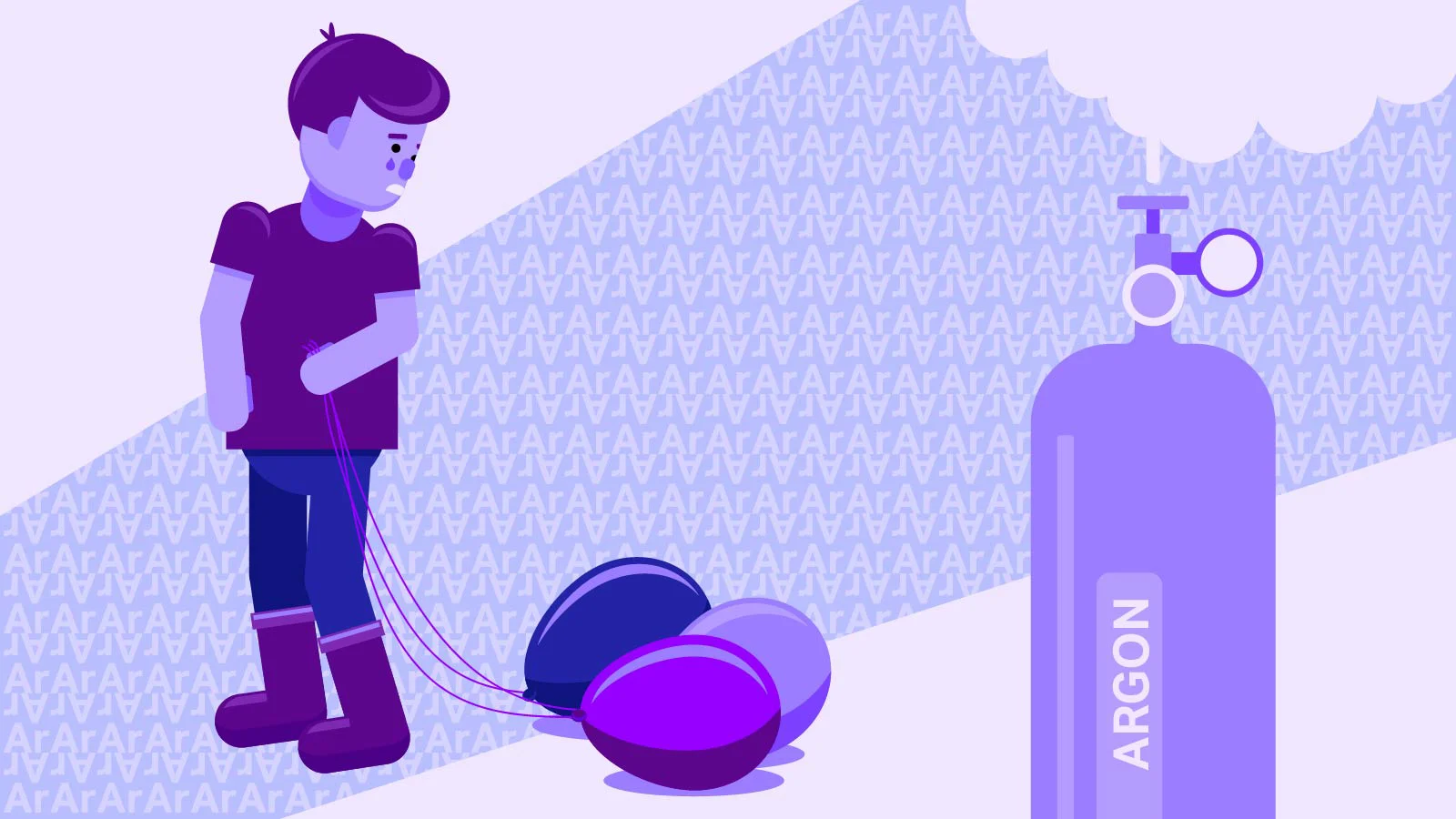Gas Supply for Kilobaser
For your Kilobaser to function properly, an gas source with pressure between 6 and 10 bar must be connected to the push-in connector on the Kilobaser using a 6 mm O.D. flexible pneumatic tubing.

Why we recommend argon as a gas source and all the details around
To connect your Kilobaser to a gas supply, the following is required:
Gas source
Pressure regulator
Pneumatic fittings
Pneumatic tubing
Gas source
While in principle any inert gas is suitable, we highly recommend using argon or nitrogen with a purity of at least 99.996 % (≤4ppm O2 and ≤5ppm H2O). Connecting less pure argon or nitrogen may result in higher moisture in the system and consequently in decreased purity of the synthesized oligos.
Many laboratories receive an inert gas from a central gas supply through pipelines, while some have a safety cabinet where pressurized gas cylinders are kept. If there is no central gas supply and no safety cabinet in the laboratory, keep in mind that compressed gas cylinders must be stored upright and according to hazard classification in a well-ventilated, above-grade, weather-proof storage area that is a safe distance from combustible materials, ignition sources, or intense heat.
Gas cylinders can be obtained in several different sizes. For an idea: a 50 L, 10 L, or 1 L compressed argon cylinder (all 200 bar) will suffice for approximately 1000, 200, or 20 syntheses, respectively. While gas cylinders can be bought from numerous suppliers, we recommend a dealer that offers services such as refill, exchange, and pickup of empty gas cylinders.
Pressure regulator
In the case of central gas supply, outlet points are usually fitted at the end of the pipeline to set pressure.
Safety cabinets are normally equipped with pressure control panels.
In a situation where a pressure regulator is not available in the laboratory, it is important to get a proper one since there are many different kinds on the market.
For example, a pressure regulator for welding is not suitable. For argon, only a pressure regulator for argon is fitting. It should be equipped with a pressure gauge with a display range to at least 10 bar (145 psi). Setting an appropriate pressure is very important. It has to be set between 6 and 10 bar (87 and 145 psi).
Lower pressure will cause Kilobaser to stop preventively to protect the cartridge. Since standard pneumatic tubing and fittings are usually pressure-resistant up to 10 bar, a higher pressure may result in gas leakage.
Kilobaser provides argon gas pressure regulators with a European (DIN) or a CGA580 (US and other countries) connector. Nitrogen gas pressure regulators are only provided with a European (DIN) connector.
Pneumatic fittings
Whether it is an outlet of a pipeline, of a pressure regulator, or of a fume hood gas fitting, the type of the outlet connection may be very different. Kilobaser has a push-in connector to fit a 6 mm O.D. pneumatic tubing, so it is important that the 6 mm tubing can be connected to the outlet connection of the source. If the tubing cannot be fitted directly, a suitable pneumatic fitting or connector is needed.
One side of the pneumatic connection of the fitting has to be a push-in type for a 6 mm O.D. pneumatic tubing, while the other side has to fit onto the outlet connection of the source. The outlet of a pressure regulator is normally equipped with a nozzle with a thread, which can be screwed off and exchanged for a suitable pneumatic fitting (one side the appropriate thread that fits the pressure regulator outlet, and the other side a push-in type for a 6 mm O.D. pneumatic tubing).
Pneumatic tubing
The gas source and Kilobaser are connected with a 6 mm O.D. flexible pneumatic tubing which we provide.
Learn here how to connect the gas source to Kilobaser.
You want to learn more about Kilobaser?
You are only 3 steps away from your ready-to-use DNA. Take a closer look and let us explain all the details in your exclusive demo!

Share this article: